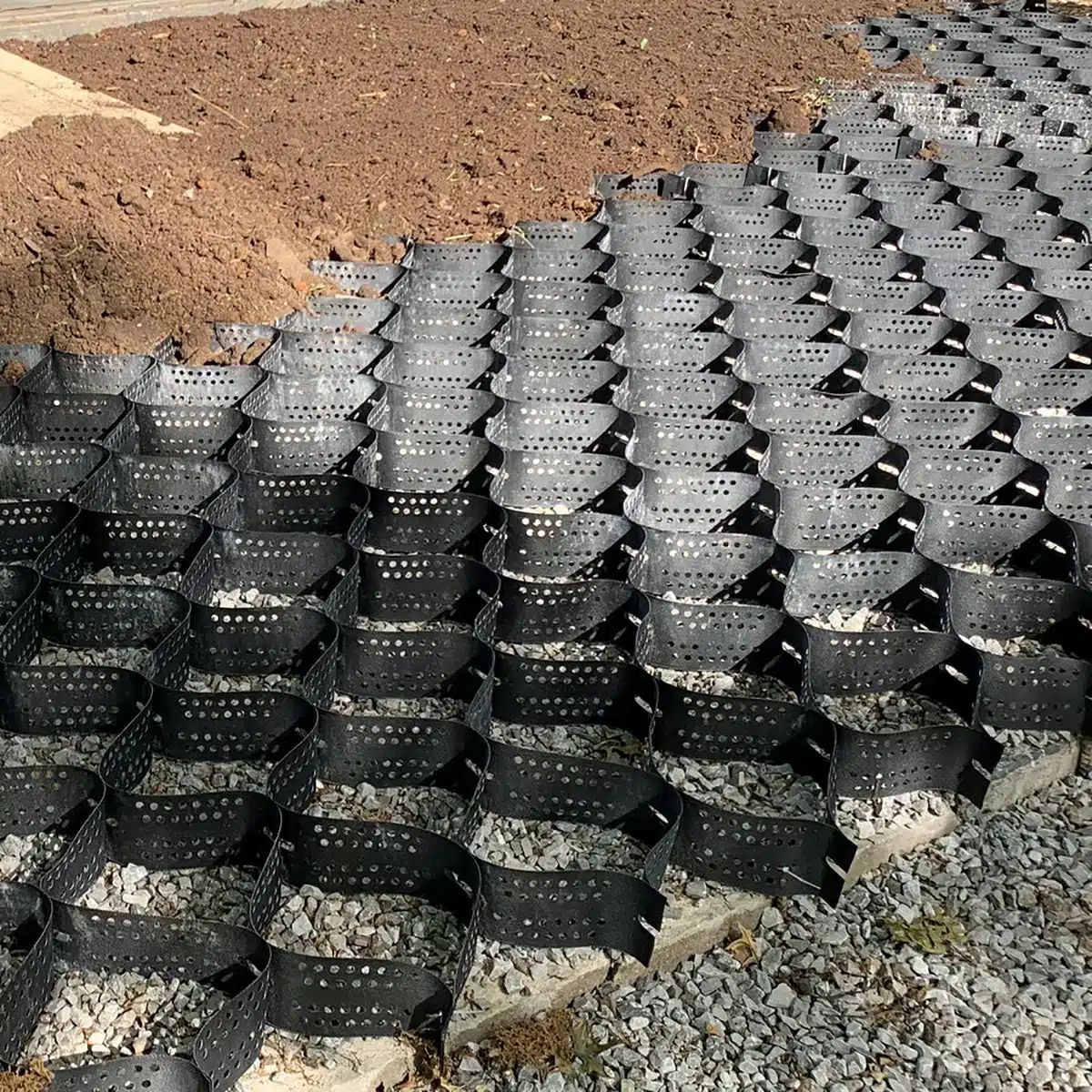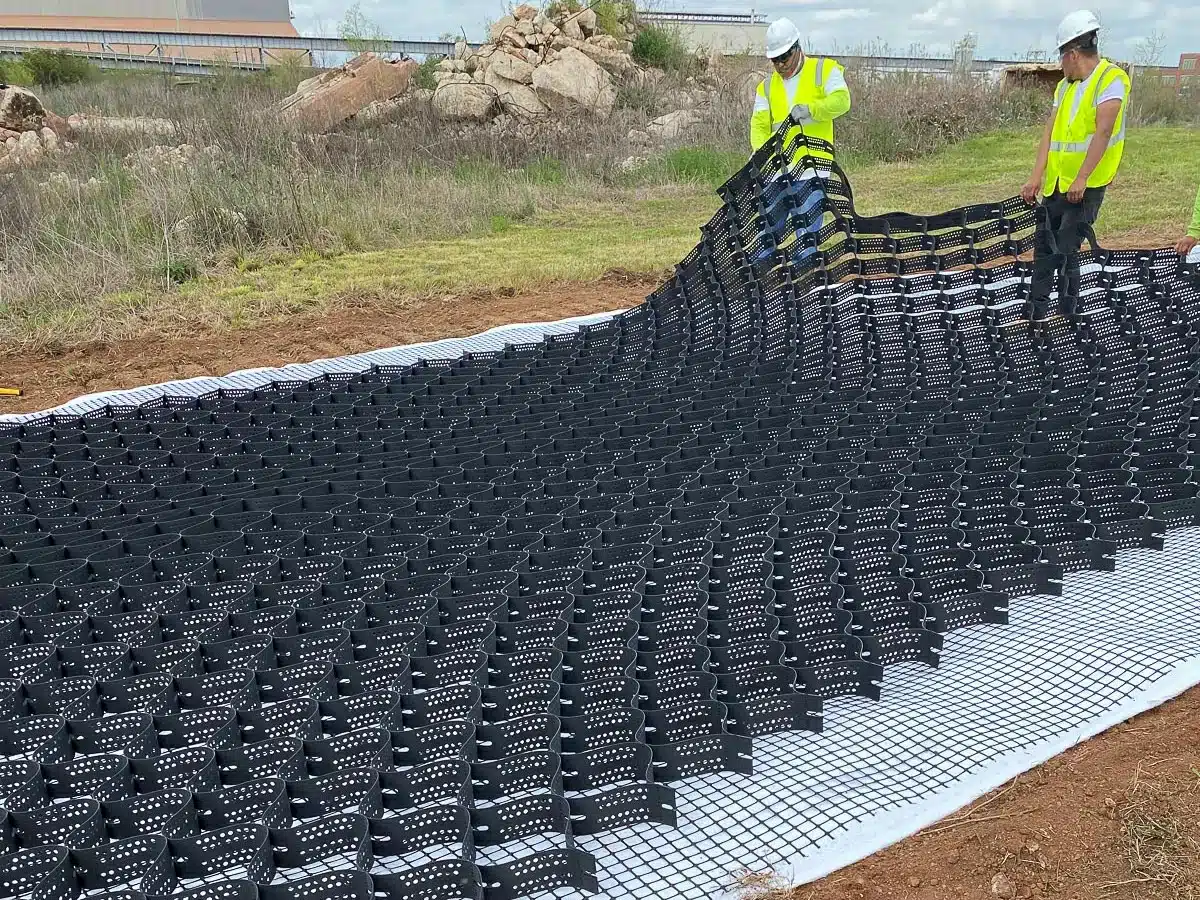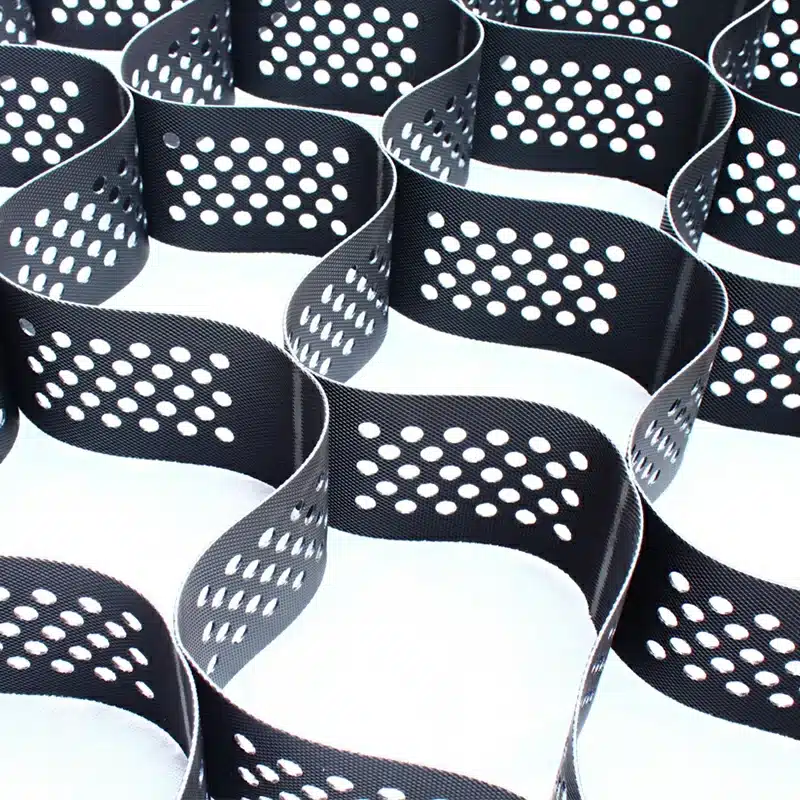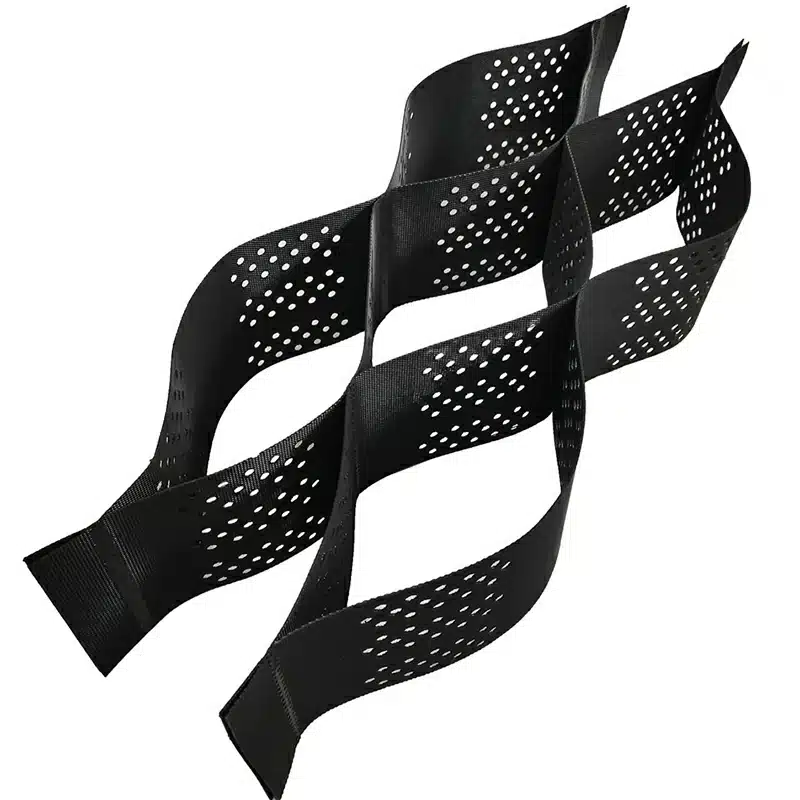Preventing Hillside Erosion: Innovative Solutions with Geocell Technology
Erosion control on hillsides is a critical environmental and engineering challenge, particularly in areas prone to heavy rainfall or wind. One of the most effective solutions in modern erosion control is the use of geocell technology. This article explores the role of geocell in slope protection, where it is placed on slopes and filled with friable topsoil, examining its effectiveness, applications, and the overall benefits it provides in stabilizing soil and preventing erosion.

What is Geocell in Slope Protection?
Geocell is a three-dimensional, honeycomb-like structure made from high-density polyethylene (HDPE) or other polymeric alloys, employed to protect slopes from erosion and assist in stabilizing the surface. It is used in slope protection to confine and stabilize soil. When a geocell is installed on a slope, it acts as a barrier that holds the soil in place, preventing it from sliding or being washed away by water. The cellular confinement system effectively increases the shear strength of the soil, thereby enhancing the stability of the slope and reducing the risk of erosion.
Does Geocell Work?
Yes, geocell technology has proven to be an effective way to retain earth and water, especially in slope stabilization and erosion control. Numerous studies and field applications have demonstrated that geocells not only prevent soil movement but also promote vegetation growth, which is vital for natural erosion control. By creating a stable microenvironment, geocells help to establish root systems more quickly and effectively, further securing the soil. The structure of the geocell also aids in distributing loads more evenly across the slope, reducing pressure points and minimizing soil deformation.
What is the Conclusion of Geocell?
The consensus among environmental and civil engineers is that geocell technology is a highly effective and sustainable solution for controlling erosion and stabilizing slopes. It is adaptable to various soil types and environmental conditions, making it a versatile option for erosion control projects around the world. Furthermore, the reinforcement method using geocell is more effective than other types of geosynthetics, offering significant advantages in terms of stability and durability. The long-term benefits of geocell, including reduced maintenance costs and improved ecological stability, make it a preferred choice for many landscape and urban planning projects.
What is the Use of Geocell as Soil Stabilization and Soil Erosion Countermeasures?
Geocell is extensively used as a countermeasure against soil erosion and for soil stabilization in several ways:
Geocell is extensively used as a countermeasure against soil erosion and for soil stabilization in several ways:
- Erosion Control: Geocell systems help retain soil and water on slopes, preventing runoff and erosion during heavy rains. They are used to stabilize soil and prevent erosion by confining and reinforcing the soil within their cellular network.
- Load Support: It distributes loads over a wider area, reducing stress on underlying soils and preventing soil compaction and structure failure.
- Vegetation Support: By providing a stable environment for vegetation, geocells promote the growth of grass and other plants, which are natural stabilizers for soil.
- Infrastructure Protection: Geocell is often used around roadways, embankments, and other infrastructure to prevent soil erosion that might lead to structural damage.

Geocell technology offers a comprehensive and effective solution for controlling hillside erosion. Its unique structure and mode of application make it ideal for soil stabilization and as a measure against soil erosion across diverse environments. By integrating geocell systems into erosion control strategies, it is possible to achieve sustainable and long-lasting results that not only protect the landscape but also enhance its natural beauty and functionality. This innovative approach is reshaping how we manage and mitigate soil erosion, particularly in vulnerable hillside regions.



Comments
Post a Comment